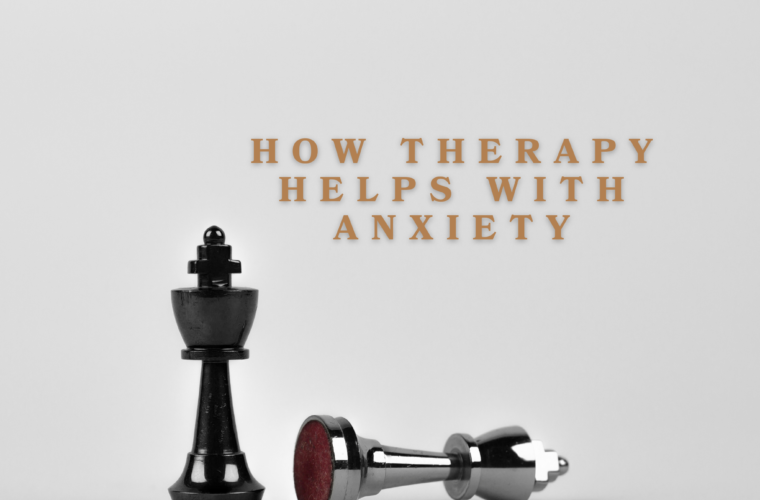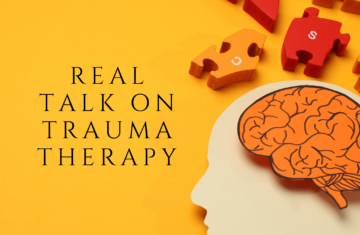Why Therapy for Anxiety Works—Even When It Feels Like It’s Not
Anxiety has a way of making people second-guess everything—including whether therapy will actually help. Many people hesitate to start, worried about whether they’ll connect with a therapist or if the process will even work. But therapy isn’t about instantly making anxiety disappear—it’s about learning new ways to think, respond, and manage it over time.
Change Takes Time—And That’s Okay
Imagine someone who’s 27 years old and just starting therapy for anxiety. They have 27 years of experience thinking and reacting in a certain way. Therapy isn’t about flipping a switch and suddenly feeling better—it’s about gradually shifting those patterns, recognizing unhealthy thoughts, and replacing them with more helpful ones.
One of the biggest mindset shifts in therapy is learning patience. Anxiety creates a sense of urgency—it pushes for quick fixes and immediate relief. But therapy teaches a different approach. It helps people be present with their emotions, set goals that actually make sense, and build a long-term strategy for managing anxiety instead of just reacting to it.
Signs Therapy Is Working—Even If You Don’t Feel ‘Fixed’ Yet
A lot of people expect therapy to feel like a breakthrough every session, but real progress often looks much smaller. One of the biggest indicators that therapy is working is behavior change.
You might not feel completely different yet, but ask yourself:
✔ Am I trying things I wouldn’t have tried a few weeks ago?
✔ Am I catching myself overthinking and choosing to act anyway?
✔ Am I noticing when avoidance is creeping in and deciding to face it?
Many people don’t recognize their own progress until they step back and compare where they were before. Even if a new approach doesn’t work perfectly, the fact that you’re trying means you’re shifting out of old patterns and into new ways of thinking.
If You’re Feeling Discouraged, It’s Not You—It’s the Plan
When therapy feels slow, some people assume they’re the problem—that maybe they’re not “doing it right.” But the reality is, you’re not failing. If something isn’t working, it just means you might need a new approach. That could mean:
➡ Adjusting the strategies you’re trying
➡ Setting different goals
➡ Working with a different therapist who fits your needs better
There’s always a way forward. Therapy is a process of figuring that out, step by step. Honest reflection helps—are you following through on the work? Do you need new tools? Therapy helps you answer those questions and find solutions that work for you.
Not Sure If Therapy Is for You? Try This First
If you’re on the fence about therapy, try this simple journaling exercise for one week:
- Each morning, write down your top concerns for the day.
- List a few small goals to focus on.
Doing this first thing in the morning sets the tone for the day, shifting your focus from worry to action. It builds belief that you can get things done, which in turn lowers anxiety. If journaling and small changes help, then therapy might be the next step—because therapy is built around the same idea: identifying what’s not working, adjusting strategies, and slowly changing how you approach anxiety.
Therapy Works—But It’s a Process
Anxiety wants quick fixes. Therapy offers something better: lasting change. The key is recognizing that progress doesn’t always feel like progress. Small shifts add up over time, and before you know it, you’re handling things differently than you did before.
If anxiety is making decisions harder, causing avoidance, or keeping you stuck in overthinking loops, therapy can help. It’s not about being “cured”—it’s about learning a different way to navigate life.




